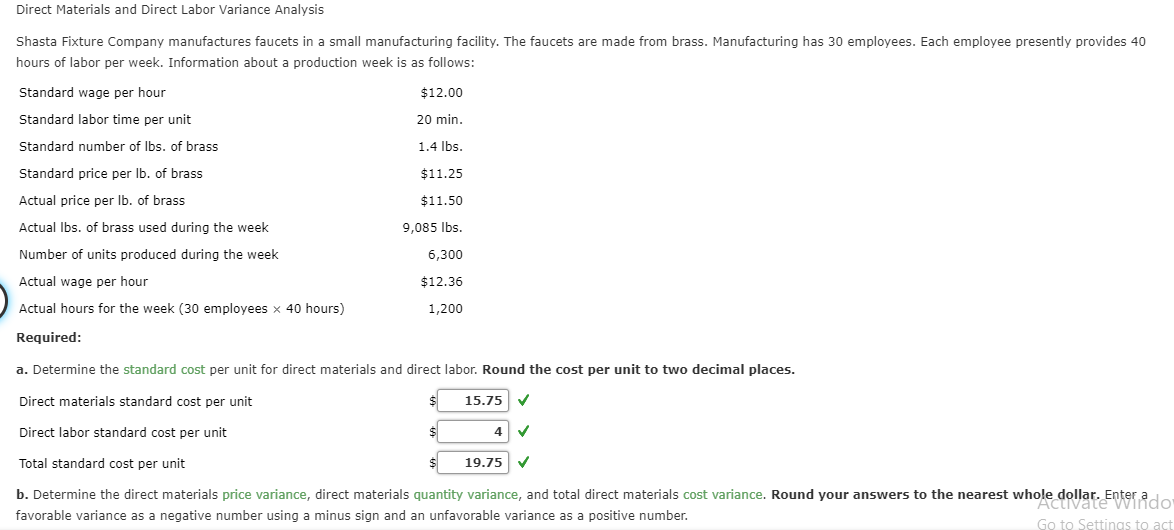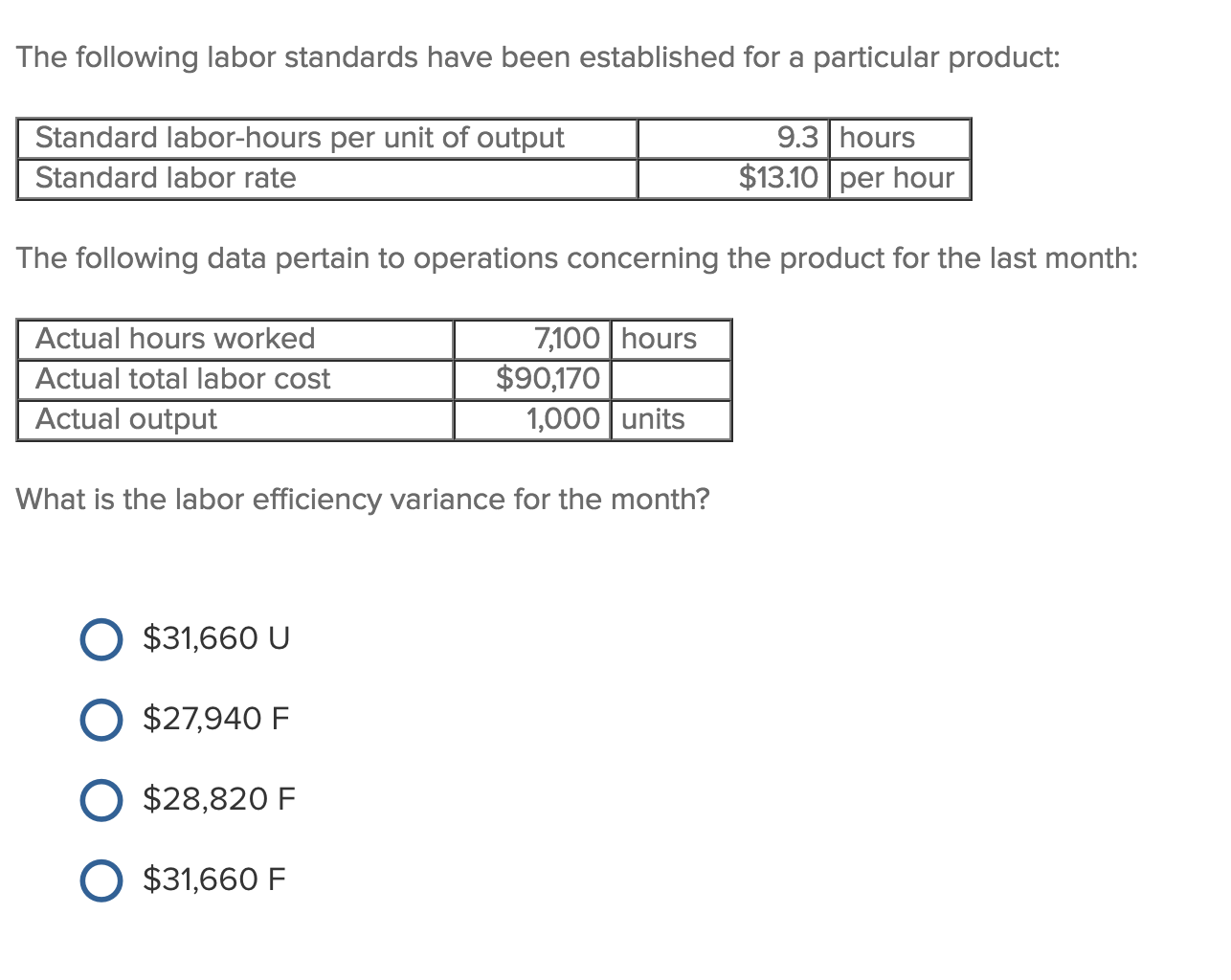
He has taught accounting at the college level for 17 years and runs the Accountinator website at , which gives practical accounting advice to entrepreneurs. An error in these assumptions can lead to excessively high or low variances. Textbook content produced by OpenStax is licensed under a Creative Commons Attribution-NonCommercial-ShareAlike License . After filing for Chapter 11 bankruptcy inDecember 2002, United cut close to $5,000,000,000in annual expenditures. As a result of these cost cuts, United wasable to emerge from bankruptcy in 2006. Our mission is to empower readers with the most factual and reliable financial information possible to help them make informed decisions for their individual needs.
Formula
- We actually paid $46,500 for labor for which we expected to pay $41,850.
- Changes in the labor market, such as a shortage of skilled workers or new labor agreements, can lead to wage adjustments.
- With either of these formulas, the actual rate per hour refers to the actual rate of pay for workers to create one unit of product.
- They provide valuable insights into the effectiveness of a company’s labor cost control and workforce utilization.
Direct labor rate variance is equal to the difference between actual hourly rate and standard hourly rate multiplied by the actual hours worked during the period. The variance would be favorable if the actual direct labor cost is less than the standard direct labor cost allowed for actual hours worked by direct labor workers during the period concerned. Conversely, it would be unfavorable if the actual direct labor cost is more than the standard direct labor cost allowed for actual hours worked.
Employing diagrams to work out direct labor variances
This results in a favorable labor efficiency variance of $3,000, indicating that the company used 200 fewer hours than expected, saving $3,000 in labor costs. Variations in wage rates occur due to changes in employee compensation. Factors such as wage increases, differences in pay scales for new hires versus seasoned employees, and merit-based raises can impact the actual hourly rate, leading to a labor rate variance. The direct labor (DL) variance is the difference between the total actual direct labor cost and the total standard cost. Each bottle has a standard labor cost of \(1.5\) hours at \(\$35.00\) per hour.
How do you calculate labor yield variances?

It also shows that the actual rate per hour was $0.50 lower than standard cost (favorable). The total actual cost direct labor cost was $1,550 lower than the standard cost, which is a favorable outcome. With either of these formulas, the actual hours worked refers to the actual number of hours used at the actual production output. The standard rate per hour is the expected hourly rate paid to workers.
Staffing Variances
The standard hours are the expected number of hours used at the actual production output. If there is no difference between the actual hours worked and the standard hours, the outcome will be zero, and no variance exists. The difference between the standard cost of direct labor and the actual hours of direct labor at standard rate equals the direct labor quantity variance. The DL rate variance is unfavorable if the actual rate per hour is higher than the standard rate. Though unfavorable, the variance may have a positive effect on the efficiency of production (favorable direct labor efficiency variance) or in the quality of the finished products. Like direct labor rate variance, this variance may be favorable or unfavorable.
If workers manufacture a certain number of units in an amount of time that is less than the amount of time allowed by standards for that number of units, the variance is known as favorable direct labor efficiency variance. On the other hand, if workers take an amount of time that is more than the amount of time allowed by standards, the variance is known as unfavorable direct labor efficiency variance. Understanding labor rate variance helps companies manage labor costs more effectively by identifying discrepancies between actual and standard wage rates. By analyzing these variances, businesses can take corrective actions to align their labor expenses with budgeted costs, ultimately improving financial performance and cost control. To compute the direct labor quantity variance, subtract the standard cost of direct labor ($48,000) from the actual hours of direct labor at standard rate ($43,200). This math results in a favorable variance of $4,800, indicating that the company saves $4,800 in expenses because its employees work 400 fewer hours than expected.
Direct labor variance is calculated by comparing the actual hours worked and the actual hourly wage rate against the standard hours allowed for the actual production level and the standard wage rate. The goal is to identify discrepancies that indicate either over- or under-utilization of labor resources or deviations in labor costs. A favorable DL rate variance occurs when the actual rate paid is less than the estimated standard rate. It usually occurs when less-skilled laborers are employed (hence, cheaper wage rate).
What if adding Jake to the team has speeded up the production process and now it was only taking .4 hours to produce a pair of shoes? The engineering staff may have decided to alter the components of a product that requires manual processing, thereby altering the amount expense ratio calculator the real cost of fees of labor needed in the production process. For example, a business may use a subassembly that is provided by a supplier, rather than using in-house labor to assemble several components. The labor standard may not reflect recent changes in the rates paid to employees.
